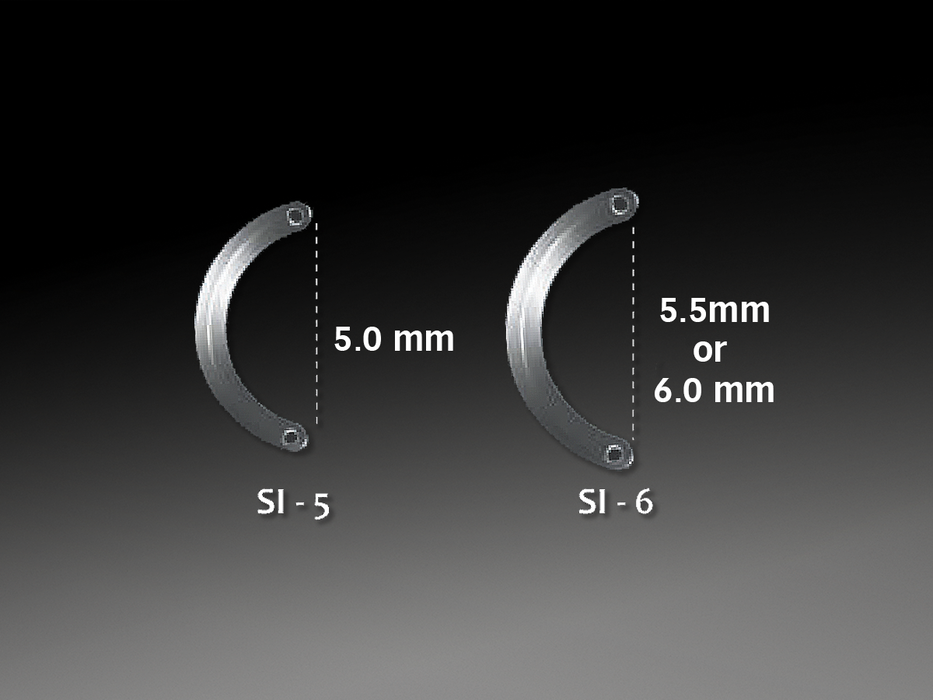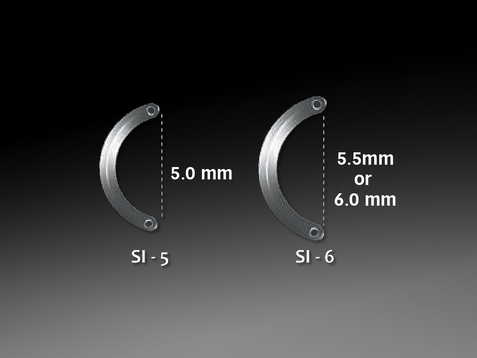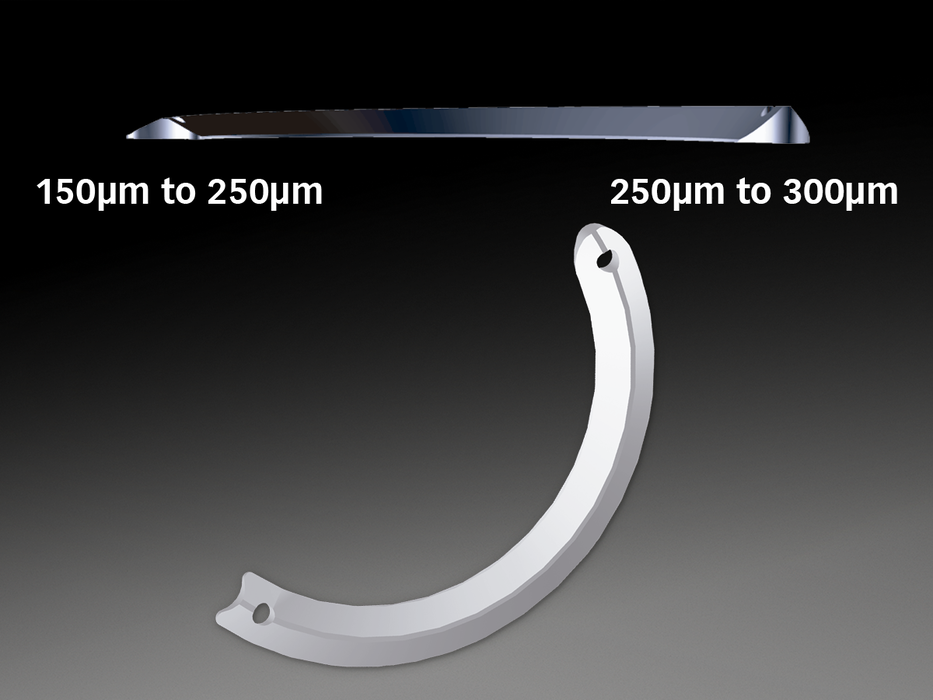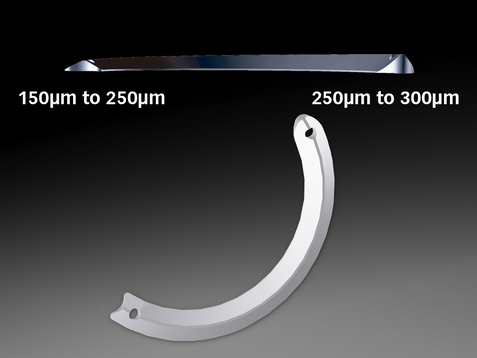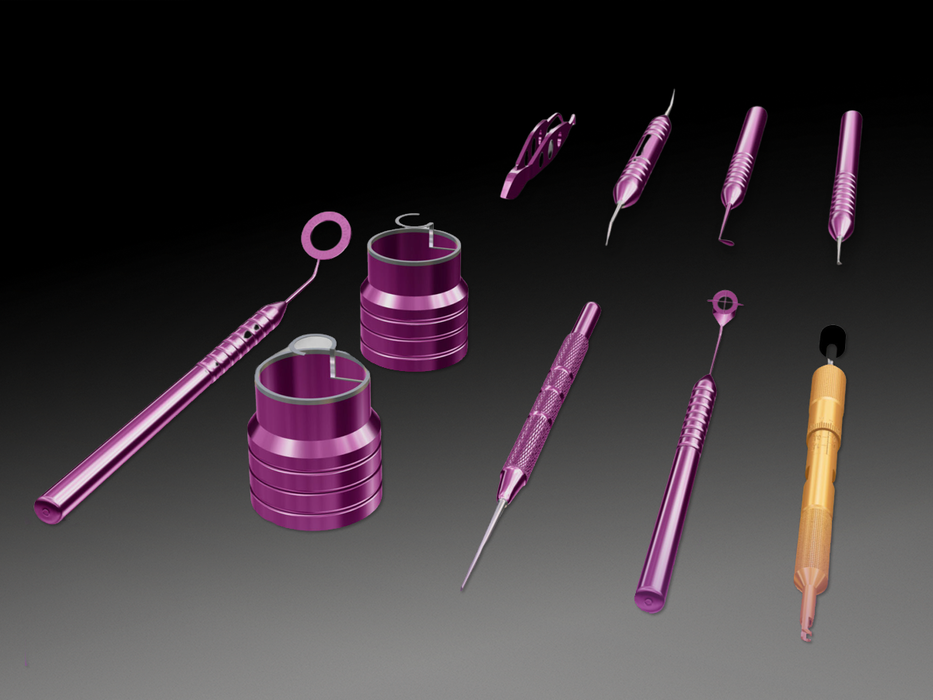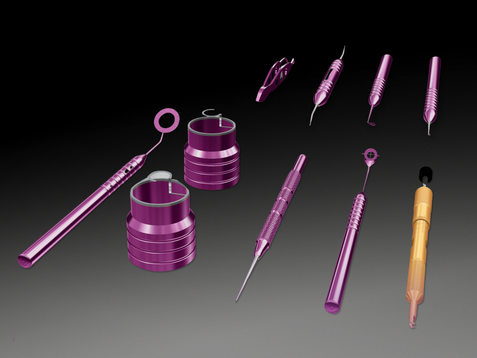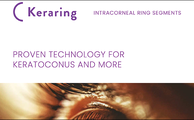
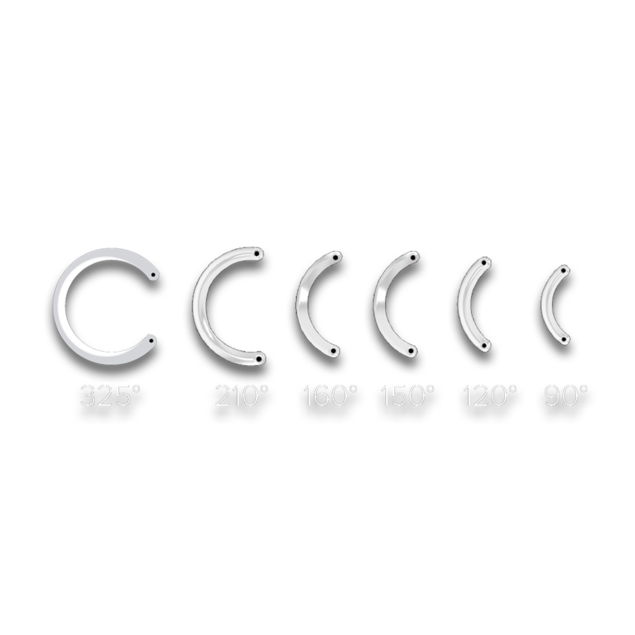

Complete & versatile corneal remodelling system
Keraring intrastromal corneal ring segments are precision implantable devices for the correction of corneal surface irregularities and reduction of refractive errors associated with keratoconus and other corneal ectatic disorders. Haag-Streit UK is an Authorised UK Distributor of the Mediphacos Keraring range. Call us now on 01279 882544 to speak to a product specialist.


